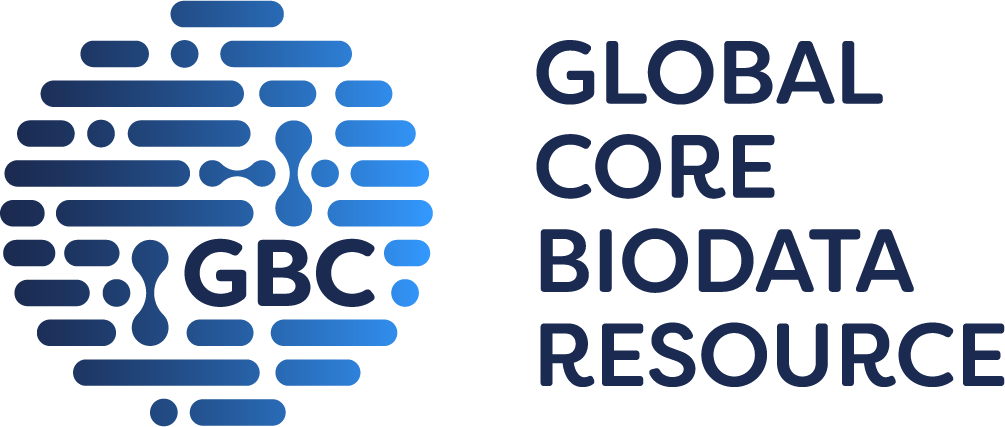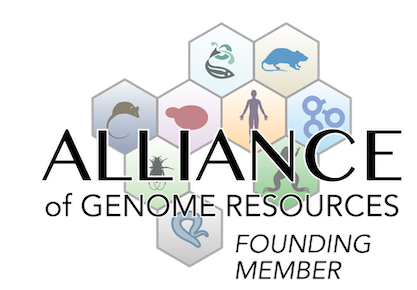behavior/neurological
| N |
• mice do not exhibit circling
|
cardiovascular system
|
• embryos with enlarged ventricular chambers show thickened ventricular septa
• however, no ventricular septal defect is seen
|
|
• 3 of 7 embryos show reduced ventricular chamber volume indicating a hypertrophic cardiomyopathy-like phenotype
|
|
• 3 embryos show enlarged volume of chambers (dilated cardiomyopathy-like), 3 embryos show reduced volume of chamber (hypertrophic cardiomyocyte-like) and 1 embryo shows no difference from wild-type
|
|
• embryos with enlarged ventricular chambers show thickened ventricular walls
|
|
• 3 of 7 embryos show enlarged heart ventricular chamber volume
|
|
• 3 of 7 embryos show enlarged volume of chambers indicating a dilated cardiomyopathy-like phenotype
• embryos with enlarged ventricular chambers show thickened ventricular walls and septa, characteristic of dilated cardiomyopathy
|
growth/size/body
|
• 3 of 7 embryos show reduced ventricular chamber volume indicating a hypertrophic cardiomyopathy-like phenotype
|
|
• seen in E18.5 embryos
|
muscle
|
• 3 of 7 embryos show enlarged volume of chambers indicating a dilated cardiomyopathy-like phenotype
• embryos with enlarged ventricular chambers show thickened ventricular walls and septa, characteristic of dilated cardiomyopathy
|
nervous system
|
• brain shows reduced lateral ventricle size at E18.5
|
renal/urinary system
|
• seen in E18.5 embryos
|
vision/eye
| N |
• mice do not exhibit grossly observable eye defects
|



 Analysis Tools
Analysis Tools